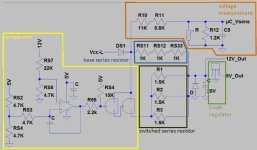I put a couple of kits together for Lyen and SAM-Pilot.
Both of these guys have only made a handful of posts but they came into the community answering questions - instead of asking them :wink:
Thanks for the help guys. I hope you do something with these kits that will bring all of us closer to an affordable 10KW controller!
'
'
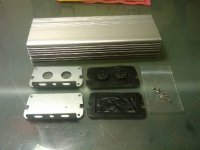
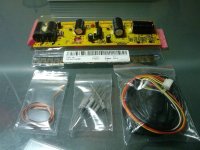
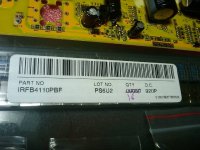
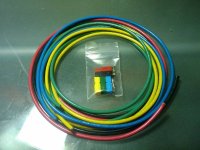
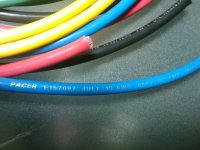
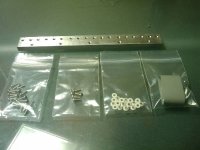
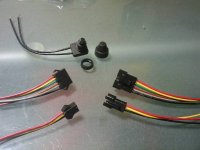


'
'
Base Kit with (18) 4110 Mosfets & USB programmer: ($ Not for sale yet )
- Housing
- End caps
- End cap gaskets
- End cap fasteners (8 coarse)
- Heat sink
- Heat sink insulator strip
- Heat sink fasteners (5 fine)
- Mosfet fasteners (18 fine)
- Mosfet fastener insulators (18 plastic)
- Fully populated PCB board (no fets)
- Large 100V 1000uF caps
- Regulator resistors for 36V – 100V
- 16†Solder wick for building up traces
- (18) IRFB4110 mosfets included
- USB Programming cable w/header
- Button switch with rubber cover
- Crystalyte 3 pin throttle pigtail
- Crystalyte 3 pin brake pigtail
- 6 pin CA pigtail
- 6 pin Hall pigtail
- 10 AWG Marine Grade tinned copper wire
- 24†Positive and negative leads (Red, Black)
- 48†Phase leads (Yellow, Green, Blue)
- 45A Anderson Connections for power and phase
- Red, Black, Yellow, Green, Blue
***********************************************************
I know that some of you are getting anxious for a kit and I keep putting you off....
I am sorry but I am still holding the kits back for a little longer.
I am just putting these two out because I think we can learn a lot from SAM-Pilot and Lyen.
Lyen will figure out the software and SAM-Pilot will help us to understand the hardware.
This will make the kits better for all of us!
Just look how many lessons doc has learned for us

Gary is right behind him but he is dragging his feet

Too much power for the old guy

**********************************************************
-methods


